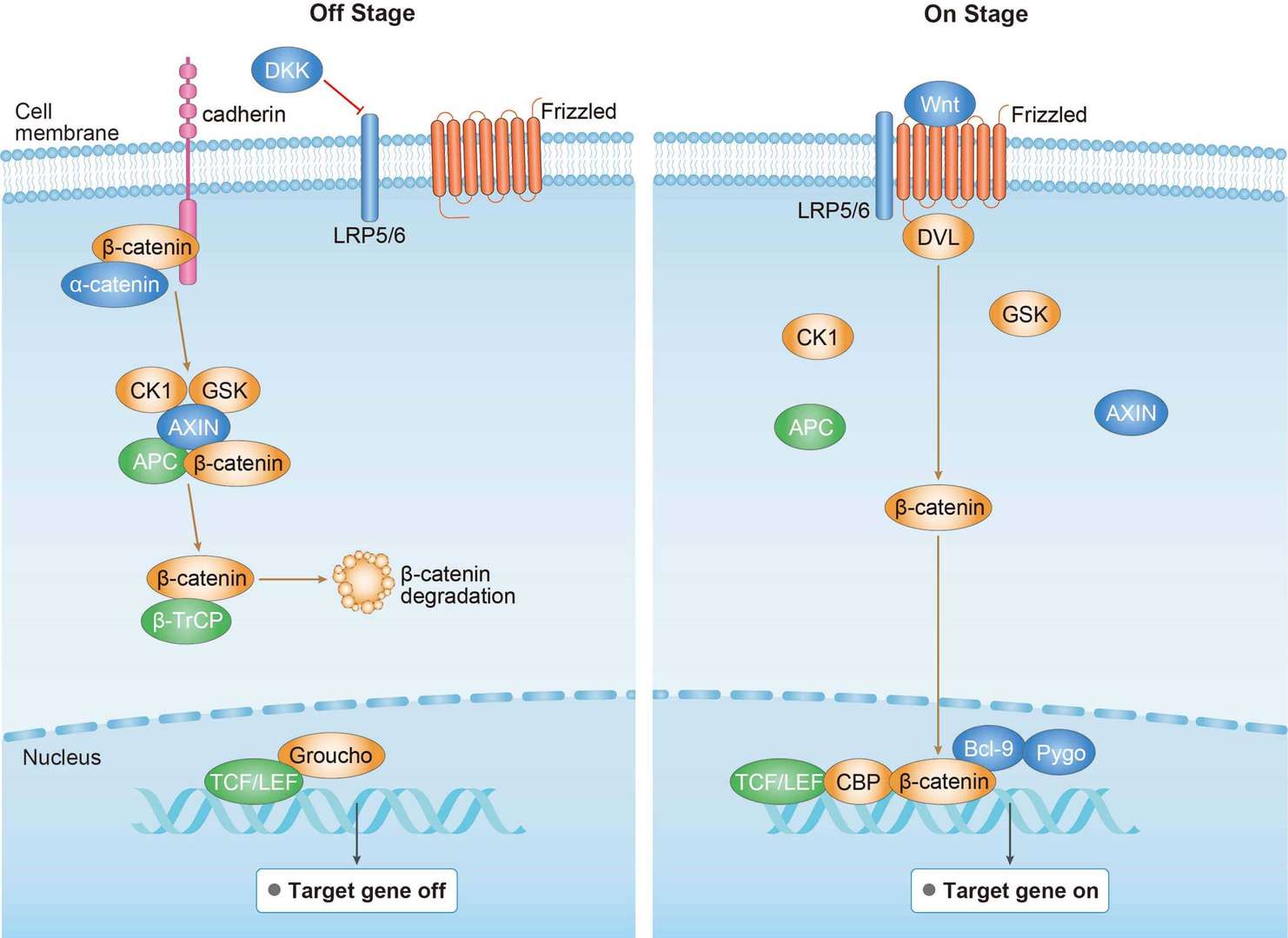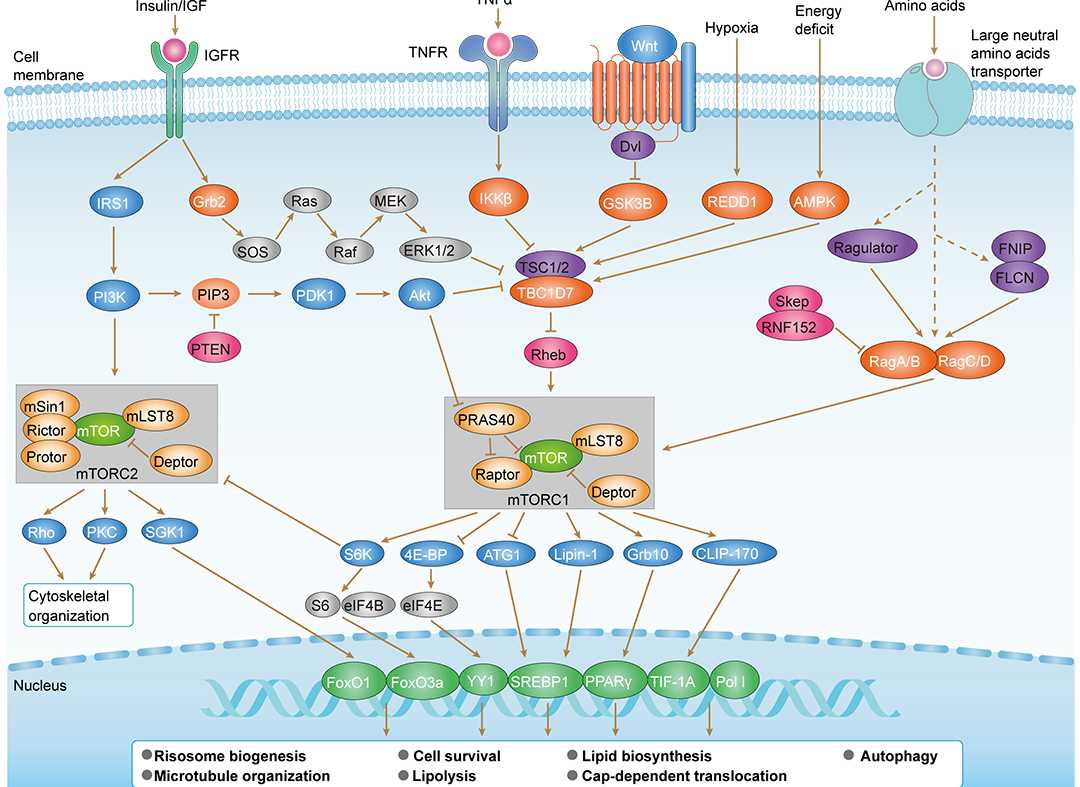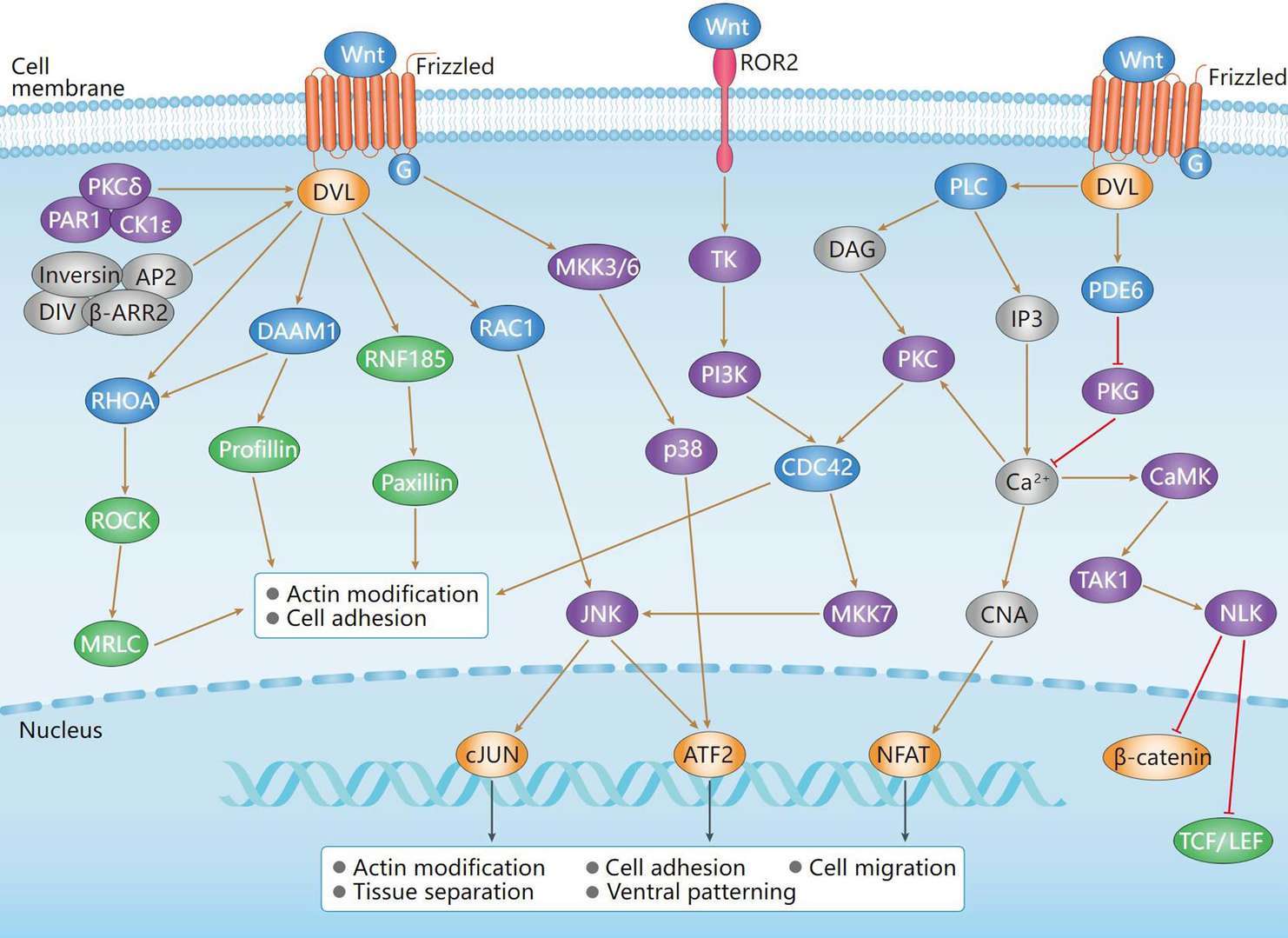 Loading...
Loading...

RHOA
 Loading...
Loading...Anti-RHOA Products
-
- Derivation: Mouse
- Species Reactivity: Human
- Type: Mouse IgG1, λ
- Application: ELISA, IF, IHC, WB
-
- Species Reactivity: Human
- Application: FC, ICC, IF, IHC-P, WB
-
- Species Reactivity: Human, Mouse, Rat
- Type: Rabbit IgG
- Application: WB, IF, FC
- AbPlus™ Anti-RHOA Magnetic Beads (VS-0724-YC730) (VS-0724-YC730)
-
- Target: RHOA
- Target Species: Human
- Application: IP, Protein Purification
- Human Anti-RHOA Antibody (clone F7), mRNA (FAMAB-0307WJ-mRNA)
-
- Species Reactivity: Human
-
- Species Reactivity: Human
- Type: Rabbit IgG
- Application: ELISA, IHC
-
- Species Reactivity: Human
- Type: Rabbit IgG
- Application: ELISA, WB
- Rabbit Anti-RHOA Recombinant Antibody (VS3-CJ1078) (VS3-CJ1078)
-
- Species Reactivity: Human, Mouse, Rat
- Type: Rabbit IgG
- Application: WB, ICC, IF, FC
-
- Species Reactivity: Human, Mouse, Rat
- Type: Rabbit IgG
- Application: WB, IHC-P, IF, FC
- Mouse Anti-RHOA Recombinant Antibody (clone 4E12) (VS3-WK1600)
-
- Species Reactivity: Human, Mouse, Rat
- Type: Mouse IgG
- Application: IHC-P, WB
- Human Anti-RHOA Recombinant Antibody (clone C1) (FAMAB-0306WJ)
-
- Derivation: Phage Display Library
- Species Reactivity: Human
- Type: Human IgG
- Application: ELISA, WB
- Human Anti-RHOA Recombinant Antibody (clone F7) (FAMAB-0307WJ)
-
- Derivation: Phage Display Library
- Species Reactivity: Human
- Type: Human IgG
- Application: ELISA, WB
- Human Anti-RHOA Recombinant Antibody (clone D10) (FAMAB-0308WJ)
-
- Derivation: Phage Display Library
- Species Reactivity: Human
- Type: Human IgG
- Application: ELISA, WB
- Human Anti-RHOA Recombinant Antibody (clone A5) (FAMAB-0309WJ)
-
- Derivation: Phage Display Library
- Species Reactivity: Human
- Type: Human IgG
- Application: ELISA, WB
- Human Anti-RHOA Recombinant Antibody (clone C1); scFv Fragment (FAMAB-0306WJ-S(P))
-
- Derivation: Phage Display Library
- Species Reactivity: Human
- Type: Human scFv
- Application: ELISA, WB
- Human Anti-RHOA Recombinant Antibody (clone F7); scFv Fragment (FAMAB-0307WJ-S(P))
-
- Derivation: Phage Display Library
- Species Reactivity: Human
- Type: Human scFv
- Application: ELISA, WB
- Human Anti-RHOA Recombinant Antibody (clone D10); scFv Fragment (FAMAB-0308WJ-S(P))
-
- Derivation: Phage Display Library
- Species Reactivity: Human
- Type: Human scFv
- Application: ELISA, WB
- Human Anti-RHOA Recombinant Antibody (clone A5); scFv Fragment (FAMAB-0309WJ-S(P))
-
- Derivation: Phage Display Library
- Species Reactivity: Human
- Type: Human scFv
- Application: ELISA, WB
- Human Anti-RHOA Recombinant Antibody (clone C1); Fab Fragment (FAMAB-0306WJ-F(E))
-
- Derivation: Phage Display Library
- Species Reactivity: Human
- Type: Human Fab
- Application: ELISA, WB
- Human Anti-RHOA Recombinant Antibody (clone F7); Fab Fragment (FAMAB-0307WJ-F(E))
-
- Derivation: Phage Display Library
- Species Reactivity: Human
- Type: Human Fab
- Application: ELISA, WB
- Human Anti-RHOA Recombinant Antibody (clone D10); Fab Fragment (FAMAB-0308WJ-F(E))
-
- Derivation: Phage Display Library
- Species Reactivity: Human
- Type: Human Fab
- Application: ELISA, WB
- Human Anti-RHOA Recombinant Antibody (clone A5); Fab Fragment (FAMAB-0309WJ-F(E))
-
- Derivation: Phage Display Library
- Species Reactivity: Human
- Type: Human Fab
- Application: ELISA, WB
-
- Species Reactivity: Human, Mouse
- Type: Rabbit IgG
- Application: WB, ICC, IF, FC
- Mouse Anti-RHOA Recombinant Antibody (clone 7E7H4) (VS7-0425-WR780)
-
- Species Reactivity: Human
- Type: Mouse IgG2b
- Application: WB, IHC, ICC, FC
- Anti-RHOA Immunohistochemistry Kit (VS-0325-XY1916)
-
- Species Reactivity: Human, Mouse, Rat
- Target: RHOA
- Application: IHC
- Anti-Mouse RHOA Immunohistochemistry Kit (VS-0525-XY6112)
-
- Species Reactivity: Human, Mouse, Rat
- Target: RHOA
- Application: IHC
- Anti-Human RHOA Immunohistochemistry Kit (VS-0525-XY6111)
-
- Species Reactivity: Human
- Target: RHOA
- Application: IHC
- Chicken Anti-RhoA Polyclonal IgY (BRD-0510MZ)
-
- Species Reactivity: Human, Mouse, Rat
- Type: Chicken antibody
- Application: WB
-
- Derivation: Phage display library screening
- Species Reactivity: Human
- Type: IgG
- Application: WB, IHC
-
- Derivation: Phage display library screening
- Species Reactivity: Human
- Type: IgG
- Application: ELISA, FC
Can't find the products you're looking for? Try to filter in the left sidebar.Filter By Tag
Our customer service representatives are available 24 hours a day, from Monday to Sunday. Contact Us
For Research Use Only. Not For Clinical Use.
Background

Cancer-related genes, Disease related genes, Enzymes, Human disease related genes, Potential drug targets, RAS pathway related proteins
Intracellular
Low cell type specificity
Low immune cell specificity
Low cell line specificity
Interacts with ARHGEF28 (By similarity). Interacts (via GTP-bound form) with RIPOR1 (via N-terminus); this interaction links RHOA to STK24 and STK26 kinases (PubMed:27807006). Interacts with RIPOR2 (via active GTP- or inactive GDP-bound forms) isoform 1 and isoform 2; these interactions are direct, block the loading of GTP to RHOA and decrease upon chemokine CCL19 stimulation in primary T lymphocytes (PubMed:25588844). Binds PRKCL1, ROCK1 and ROCK2 (PubMed:10388627, PubMed:8617235, PubMed:8641286). Interacts with ARHGEF2, ARHGEF3, NET1 and RTKN (PubMed:10940294, PubMed:12221096, PubMed:9857026). Interacts with PLCE1 and AKAP13 (PubMed:11696353, PubMed:12900402). Interacts with DIAPH1 (PubMed:23325789). Interacts (in the constitutively activated, GTP-bound form) with DGKQ (PubMed:10066731). Interacts with RACK1; enhances RHOA activation (PubMed:20499158). Interacts with PKP4; the interaction is detected at the midbody (PubMed:17115030). Interacts (GTP-bound form preferentially) with PKN2; the interaction stimulates autophosphorylation and phosphorylation of PKN2 (PubMed:20974804, PubMed:9121475). Interacts with ARHGDIA; this interaction inactivates and stabilizes RHOA (PubMed:20400958). Interacts with ARHGDIB. Interacts (GTP-bound form) with KCNA2 (via cytoplasmic N-terminal domain) (PubMed:9635436). Interacts (GTP-bound form) with ECT2; the interaction results in allosteric activation of ECT2 (PubMed:31888991). Interacts with RAP1GDS1; the interaction is direct and in a 1:1 stoichiometry (PubMed:28630045, PubMed:30190425, PubMed:20709748, PubMed:12551911). (Microbial infection) Interacts with yopT from Yersinia pestis. (Microbial infection) Interacts with human respiratory syncytial virus (HRSV) protein F; this interaction facilitates virus-induced syncytium formation.
Hydrolase


 Canonical Wnt Signaling Pathway
Canonical Wnt Signaling Pathway
 mTOR Signaling Pathway
mTOR Signaling Pathway
 Non-Canonical Wnt Signaling Pathway
Non-Canonical Wnt Signaling Pathway

